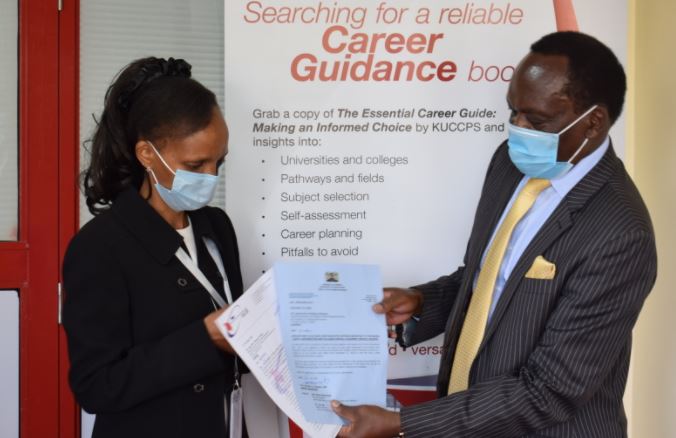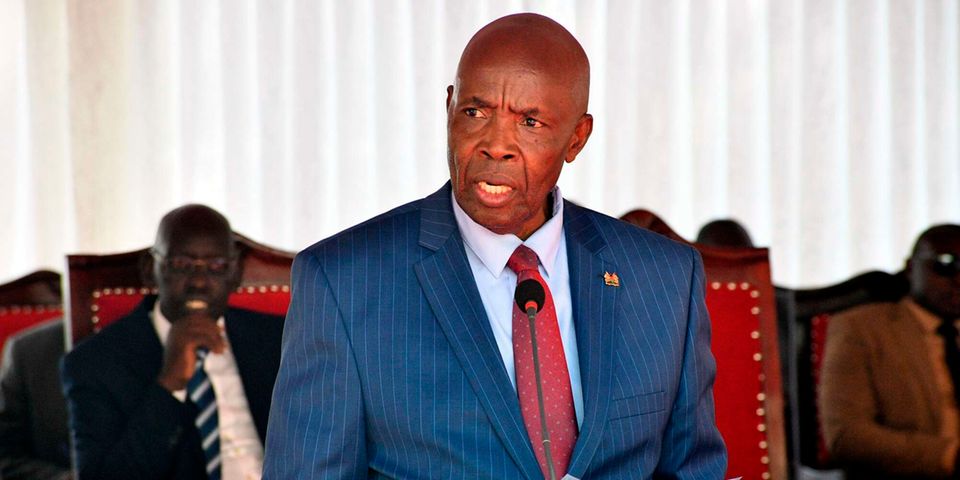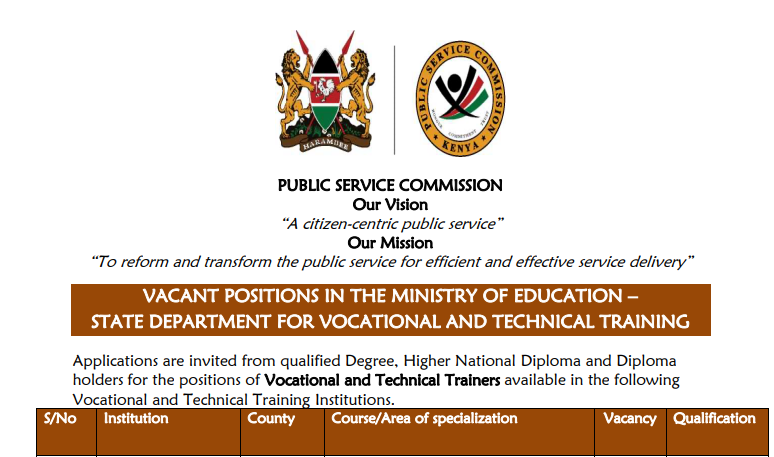KUCCPS Portal is now open for students to apply for their preferred university courses. The announcement has however shocked many Kenyans with a new model that has been introduced.

The Kenya Universities and College Central Placement Service (KUCCPS), is a state cooperation that provides career guidance and selects students to Universities, National Polytechnics, Technical training institutions, and other accredited higher learning institutions for Kenya government-sponsored programs.
On Wednesday, May 17, the KUCCPS portal was announced as open for learners to access, review and revise their higher learning institutions placement. This means that 869,782 candidates who sat for the 2022 Kenya Certificate of Secondary Education (KCSE) can now apply for placements at their institutions of choice.
The launch of the placement and opening of the KUCCPS portal was overseen by Education Cabinet Secretary Ezekiel Machogu while at the University of Nairobi.
KUCCPS will place all qualified candidates to various programmes based on merit and choice to universities, colleges, National Polytechnics and other TVET institutions.
I expect the placement agency to mount a robust communication and sensitisation exercise to ensure all students have details of the application process, and also to complete this exercise by August 2023 to allow students to report to their respective institutions in September.” Machogu said
The programs range from the degree, diploma, craft certificate as well as artisan courses and the students will be placed depending on their choice and performance at KCSE.
KUCCPS has revealed a new government funding model.
However, amid the launch of the placement exercise, parents and guardians preparing to send students to Universities have received a shocker over the announced increment in the cost of programs in the new government funding model revealed in April 2023.
Fee details published in the Kenya Universities and Colleges Central Placement Services (KUCCPS) in May 2023 shows that first-year students will pay up to KSh 600,000 annually for a degree program in public universities in the new funding model.

Read Also: Dr. Davidson Nicol: A Visionary Leader
According to universities fees enlisted in this new funding model, under the KUCCPS portal, a first-year student undertaking a bachelor’s of law degree course, in a private university will pay as high as KSh 170,000 annually compared to a student pursuing the same course in a public university.
Meanwhile, close to 700,000 out of 862,782 students who sat for the 2022 KCSE examination have missed the direct university qualification. Ezekiel Machogu confirmed that only 173,127 students attained direct university entry after getting Grade C+(Plus) and above in the 2022 KCSE examinations.
“I wish therefore to inform all the 173,127 candidates who attained the minimum university entry grade of C+ in the 2022 KCSE examination that they qualify to be placed to degree programmes. Those with C (plain) and below will be absorbed in Tvet institutions across the country.” Mr Machogu said.
Either, out of the 173,127 students who qualified to join Universities, only 45,000 from struggling backgrounds will attain full government sponsorships during their entire coursework at public universities.
“The whole idea is premised on the fact that each student will be treated based on the level of their need and no deserving students should be denied an opportunity to acquire higher education and training in the institution of their choice.” Machogu said.
The CS also assured that tertiary institutions have enough capacity to admit all the 862,782 students who sat for the 2022 KCSE examinations if they will apply.
“I wish to confirm that we have enough capacity in these institutions to admit all students who will apply for placement to the various programmes.” Machogu added.
He also said that placed students will also have the opportunity to apply for loans from the Higher Education Loans Board (HELB), which will be allocated upon using a foolproof method, Means Testing Instrument (MTI). The tool will also be used in assessing students to be awarded scholarships.
Read: A task force on education reforms has been gazetted
Why the increased fees on programs?
There are another 27 public colleges registered under various other Ministries and seven TVET universities that neither enjoy government sponsorship nor Helb loans.
While unveiling the new funding model, Ruto said funding to university education has been increased to Sh84.6 billion effective the next intake, a 56 percent rise from the current budget.

He said it comprises Sh53 billion will be factored into the budget and Sh31.6 for Helb loans.
Following the increment, capitation per student in university was capped at Sh208,000 up from Sh152,000 while TVET students will be trained for Sh67,189 per year down from Sh71,420.
However, funding will be disbursed based on four levels of need; vulnerable, extremely needy, needy, and less needy.
Students from needy households joining universities will receive government scholarships of up to 53 percent and loans of up to 40 percent.
Those joining TVETs will receive government scholarships of up to 50 percent and 30 percent in loans.
Parents will meet only 7 percent of education costs for government-sponsored students and 20 percent for sponsored students in TVETs.





